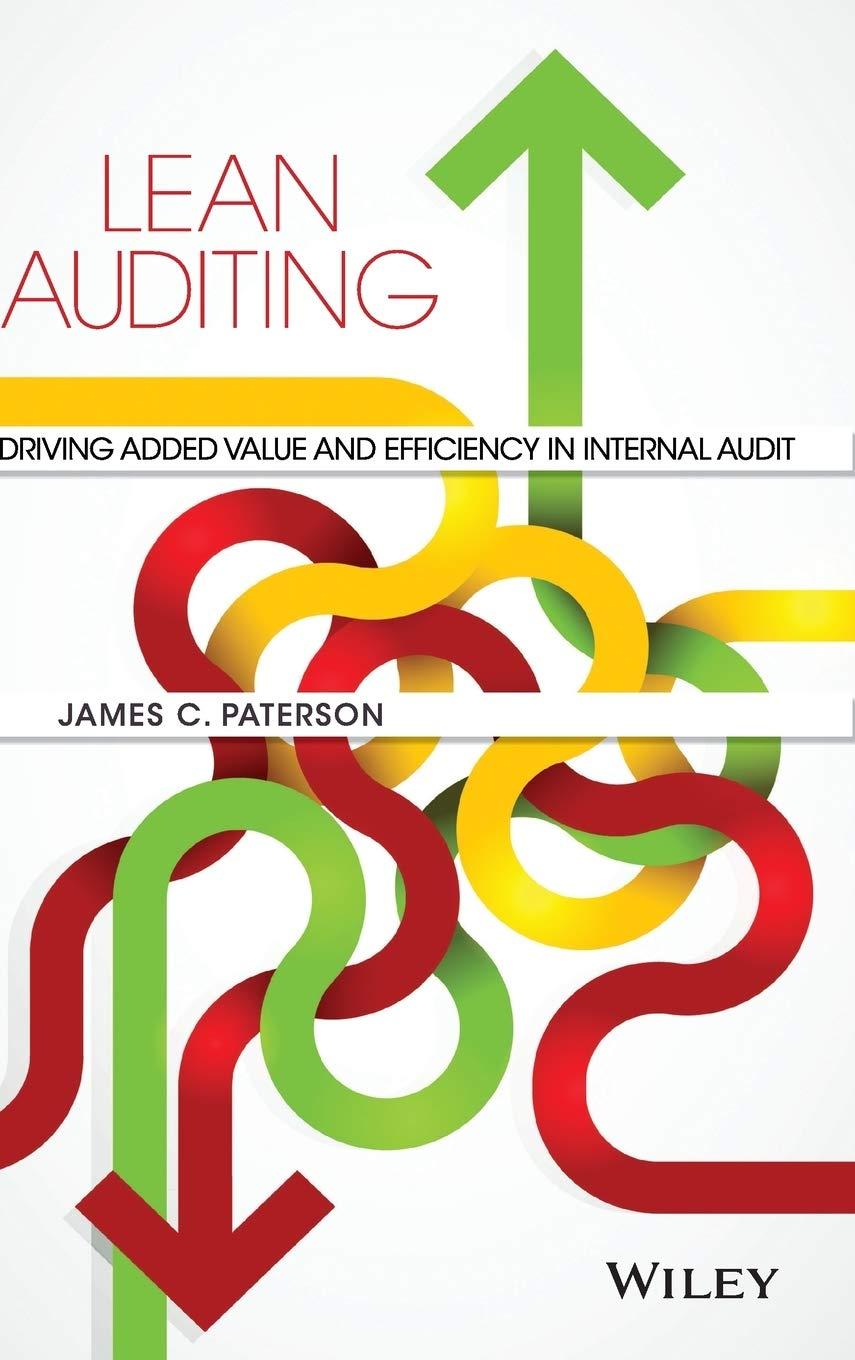Answered step by step
Verified Expert Solution
Question
1 Approved Answer
Which of the following is not a characteristic of Management Advisory Services? MAS is broad in concept. MAS involves problem solving affecting the future of
- Which of the following is not a characteristic of Management Advisory Services?
- MAS is broad in concept.
- MAS involves problem solving affecting the future of the client.
- Beneficiary of service is management.
- MAS is repetitive as far as the same client is concerned. (rpcpa)
- Which of the following does not relate to management services by CPAs?
- Design and/or installation of accounting system,
- Financial analysis for project feasibility studies.
- Costs analysis of major investment decisions.
- None of the above. (rpcpa)
- Which of the following is not a characteristics of management services?
- A wider variety of assignments are encountered in MAS that in audit.
- MAS engagements are recurring.
- MAS pinpoint actions to be taken, the benefits of which will be received in the future,
D. In MAS engagement, the nature of work involved requires a lesser need for junior assistance. (rpcpa)
- The following characterize management advisory services except:
- Involve decision for the future.
- Broader in scope and varied in nature,
- Utilize more junior staff than senior members of the firm.
- Relate to specific problems where expert help is required. (rpcpa)
- Which of the following does not impair independence of a CPA in the rendition of management services?
- The CPA performs decision-making services for his client,
- The CPA performs services wherein he is in effect acting as an employee of the client.
- The CPA eases its objectivity and acts in a manner as if he is advocating for the interest of his client.
- The CPA does not extend his service beyond the presentation of recommendations or giving of advice. (rpcpa)
- Competence in management advisory services is acquired by
- Education,
- Auditing and other experience.
- Actual performance of management advisory services.
- All of the these. (rpcpa)
- The term "discretionary costs" refers to
- Costs that are likely to respond to the amount of attention devoted to them by a specified manager.
- Costs that are governed mainly by past decisions the established the present levels of operating and organizational capacity and that only change slowly in response to small changes in capacity.
- Amortization of costs that were capitalized in previous periods.
- Costs that management decides to incur in the current period to enable the company to achieve objectives other than the filling of orders placed by customers.
- Costs that will be unaffected by current managerial decisions.
- An imputed cost is
- A cost that may be shifted to the future with little or no effect on current operations.
- A cost that cannot be avoided because it has already been incurred.
- A cost that does not entail any peso outlay but which is relevant to the decision-making process.
- The difference in total costs that results from selecting one choice instead of another.
- A cost that continues to be incurred even though there is no activity.
- The term "committed costs" refers to
- Costs that are likely to respond to the amount of attention devoted to them by a specified manager.
- Costs that are governed mainly by past decisions that established the present levels of operating and organizational capacity and that only change slowly in response to small changes in capacity.
- Costs that management decides to incur in the current period to enable the company to achieve objectives other than the filling of orders placed by customers.
- Costs that fluctuate in total in response to small changes in the rate of utilization of capacity.
- Amortization of costs that were capitalized in previous period.
- Common costs are those incurred
- To produce two or more inseparable products.
- Routinary in the industry in which the company operates.
- By every department in an organization.
- To produce common products beyond their split- off point.
Explain per item number the correct answers i have given in multiple choice!
Step by Step Solution
There are 3 Steps involved in it
Step: 1

Get Instant Access to Expert-Tailored Solutions
See step-by-step solutions with expert insights and AI powered tools for academic success
Step: 2

Step: 3

Ace Your Homework with AI
Get the answers you need in no time with our AI-driven, step-by-step assistance
Get Started


